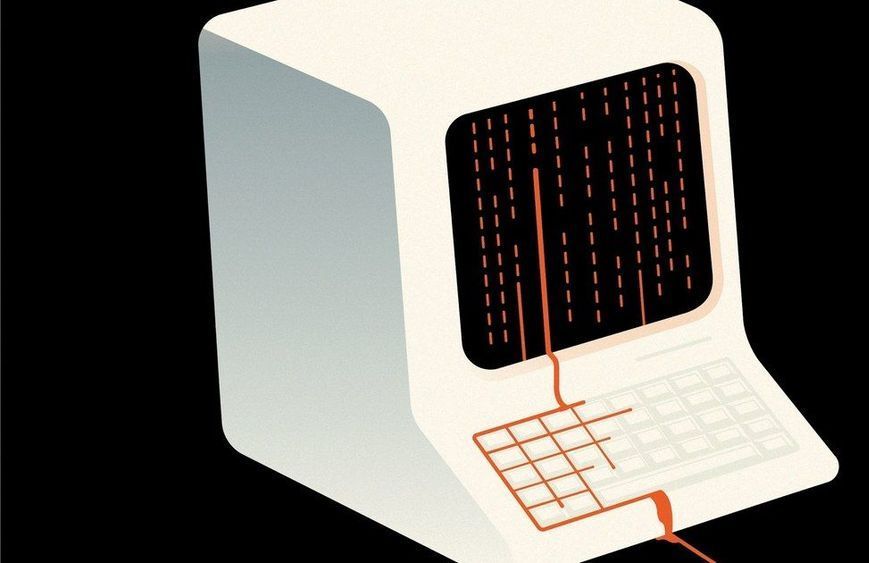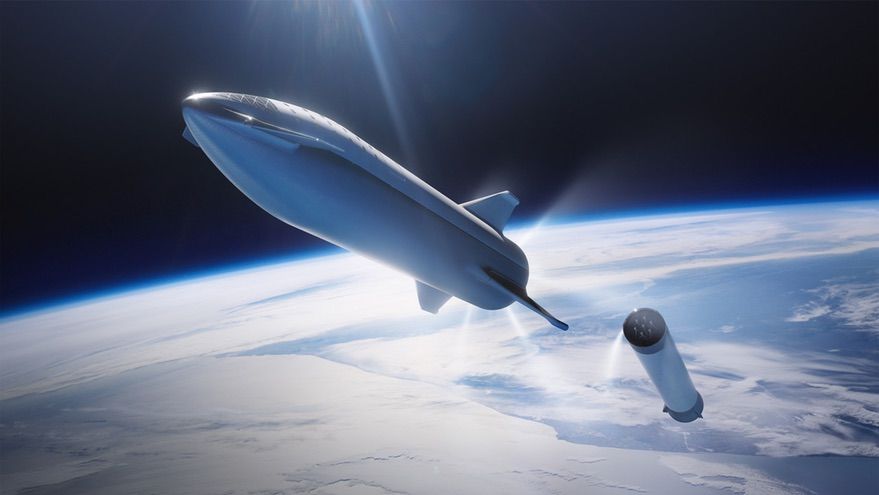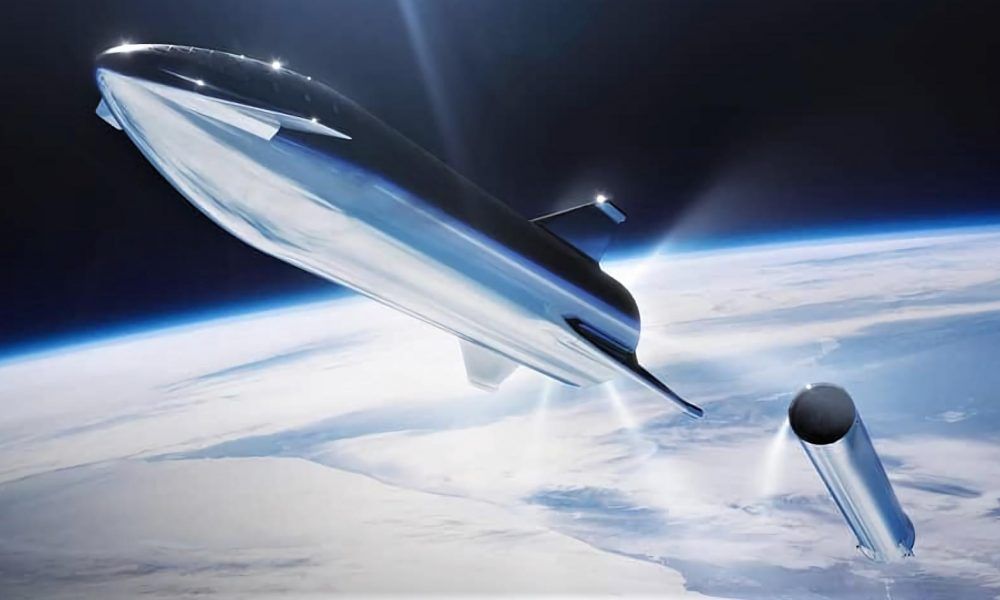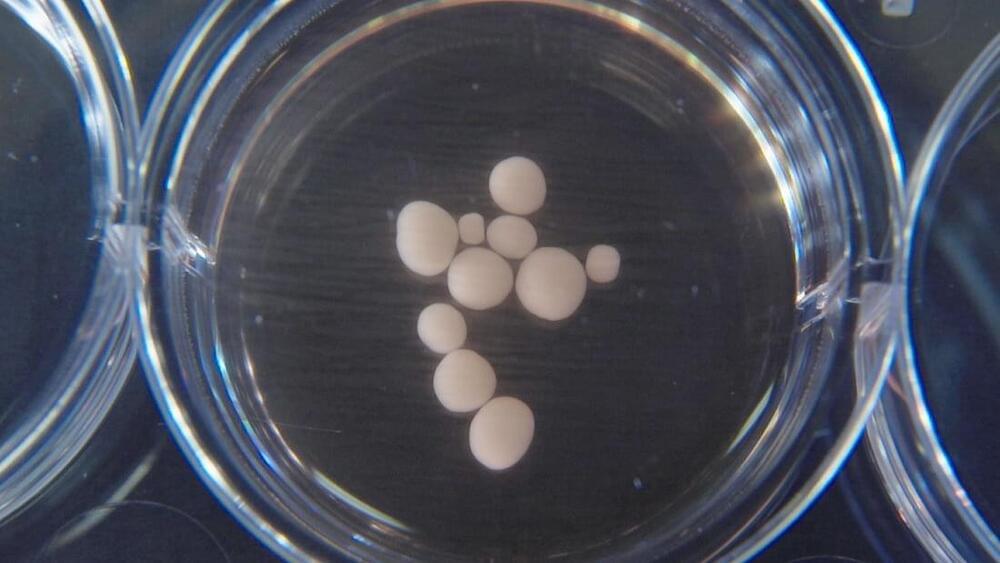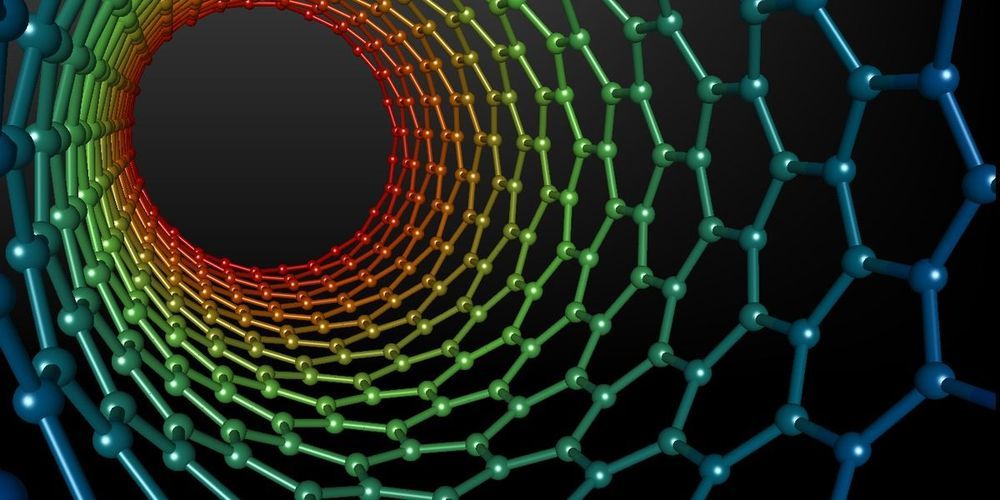A former journalist, equipped with an algorithm and the largest collection of murder records in the country, finds patterns in crime.
Page 7577
Aug 29, 2019
Report outlines SpaceX’s plans for Starship launches from KSC
Posted by Roderick Reilly in categories: food, space travel, sustainability
WASHINGTON — SpaceX plans to build facilities at the Kennedy Space Center’s Launch Complex 39A for launches and, eventually, landings of its next-generation launch vehicle, according to a newly released report.
An environment assessment prepared by SpaceX, and released by NASA Aug. 1, discusses plans to develop additional facilities at LC-39A, which currently hosts Falcon 9 and Falcon Heavy launches, for use by the company’s Starship vehicle and its Super Heavy booster.
The plans outlined in the document call for the construction of a new launch mount at the complex near the existing one used by the Falcon 9 and Heavy. The modifications to the pad would also include a tank farm for the methane fuel used by the Raptor engines that power Starship and Super Heavy.
Aug 29, 2019
Samsung patents ‘smart’ contact lenses that record video and let you control your phone just by blinking
Posted by Roderick Reilly in categories: electronics, mobile phones
Of interest?
Contact lenses capable of recording video and taking pictures could one day become a reality after Samsung was granted a patent in the US to develop the technology.
The lenses feature motion sensors, which means that wearers could control devices with their eye movements and potentially give commands to their devices remotely when blinking or using their peripheral vision.
Aug 29, 2019
SpaceX’s first Super Heavy hardware is already being built at Florida Starship campus
Posted by Roderick Reilly in categories: materials, space travel
Based on some basic analysis of recent photos of SpaceX’s East Coast Starship facility, situated in Cocoa, Florida, SpaceX has almost certainly begun fabricating and staging hardware that will eventually become part of the company’s first Super Heavy booster prototype.
This is by no means surprising but it does confirm the reasonable assumption that SpaceX is already working hard to ensure that the first Super Heavy booster(s) can be assembled as quickly as possible. Additionally, SpaceX appears to have started clearing brush in the process of preparing to transport the Florida orbital Starship prototype (“Mk2”) to SpaceX’s Pad 39A launch facilities, dozens of miles away.
The aforementioned “basic analysis” is more or less comprised of looking for and counting the massive steel rings that SpaceX has decided to build its Starships (and Super Heavy boosters) out of. By all appearances, SpaceX is doing nearly everything short of milling and preparing the raw materials (steel) internally. In Florida and Texas, giant rolls of stainless steel are delivered to the worksite by semi-truck, where SpaceX technicians prepare the rolls for sectioning (likely with a plasma torch or laser) and any necessary machining.
Aug 29, 2019
How We Could Make Mars Habitable, One Patch of Ground at a Time
Posted by Roderick Reilly in category: space
Terraforming would be a monumental task. How about this instead?
Humanity could make patches of the Red Planet habitable relatively cheaply and efficiently by placing thin layers of silica aerogel on or above the Martian surface, a new study suggests. The insulating aerogel would warm the ground enough to melt water ice and would also block harmful ultraviolet (UV) radiation, potentially creating an environment where plants and other photosynthetic life could flourish.
Aug 29, 2019
Nanoparticles could grant humans permanent night vision
Posted by Roderick Reilly in categories: nanotechnology, space

Aug. 27 (UPI) — Built-in night vision may not be far off. Scientists have developed nanoparticles that allow mice to see near-infrared light.
Researchers are scheduled to describe the technological breakthrough on Tuesday at 12:30 p.m. ET at the American Chemical Society’s fall meeting, held this week in San Diego. Their presentation will be streamed live online.
Continue reading “Nanoparticles could grant humans permanent night vision” »
Aug 29, 2019
Scientists See Human-Like Brain Waves in Lab-Grown Mini-Brains
Posted by Paul Battista in categories: biotech/medical, evolution, neuroscience
One way that scientists can non-invasively study the human brain is by growing “mini-brains,” clusters of brain cells each about the size of a pea, in the lab. In a fascinating progression of this line of research, a team this week reports that they observed human-like brainwaves from these organoids.
Previous studies of mini-brains have demonstrated movement and nerve tract development, but the new study from researchers at the University of California San Diego, led by biologist Alysson Muotri, is the first to record human-like neural activity. In their paper, published in Cell Stem Cell on Thursday, the researchers write that they observed brain wave patterns resembling those of a developing human. This sophistication in the in vitro model is a step to enable scientists to use mini-brains to study brain development, model diseases, and learn about the evolution of brains, according to Muotri.
Aug 29, 2019
Brain waves detected in mini-brains grown in a dish
Posted by Paul Battista in categories: biotech/medical, robotics/AI
Scientists have created miniature brains from stem cells that developed functional neural networks. Despite being a million times smaller than human brains, these lab-grown brains are the first observed to produce brain waves that resemble those of preterm babies. The study, published August 29 in the journal Cell Stem Cell, could help scientists better understand human brain development.
“The level of neural activity we are seeing is unprecedented in vitro,” says Alysson Muotri, a biologist at the University of California, San Diego. “We are one step closer to have a model that can actually generate these early stages of a sophisticated neural network.”
The pea-sized brains, called cerebral organoids, are derived from human pluripotent stem cells. By putting them in culture that mimics the environment of brain development, the stem cells differentiate into different types of brain cells and self-organize into a 3D structure resembling the developing human brain.
Aug 29, 2019
Why This New 16-Bit Carbon Nanotube Processor Is Such a Big Deal
Posted by Genevieve Klien in categories: nanotechnology, particle physics
Carbon isn’t just the stuff life is made of—it’s also the stuff our future is being built on.
Carbon—a versatile element that frequently trades off its electrons to create various forms of itself—has been gaining an exciting reputation in tech thanks to the successful exfoliation of graphene, a sheet of carbon that’s just one atom thick and has remarkable chemical properties.
But carbon nanotubes, a sort of cousin to graphene, has been quietly staking out its own place in the world of materials science.
